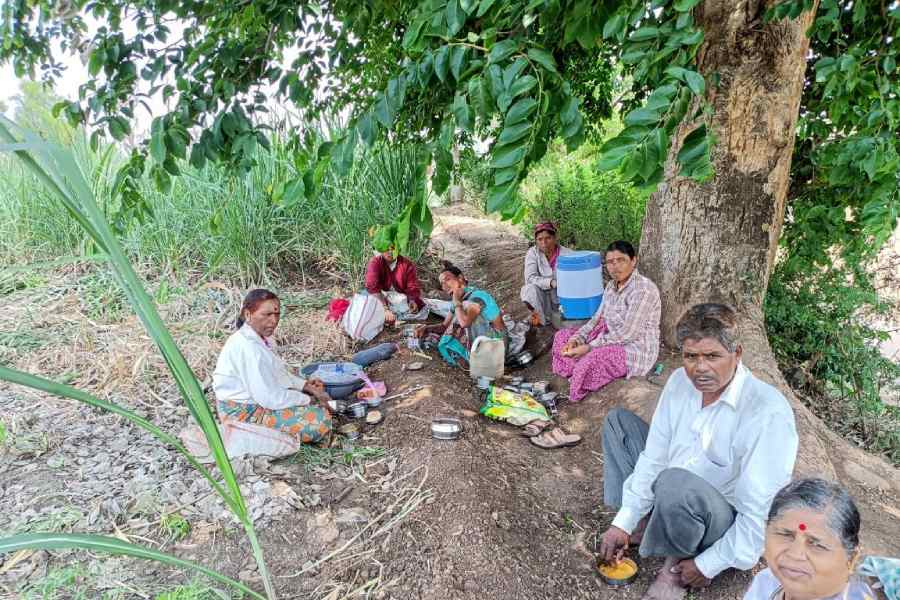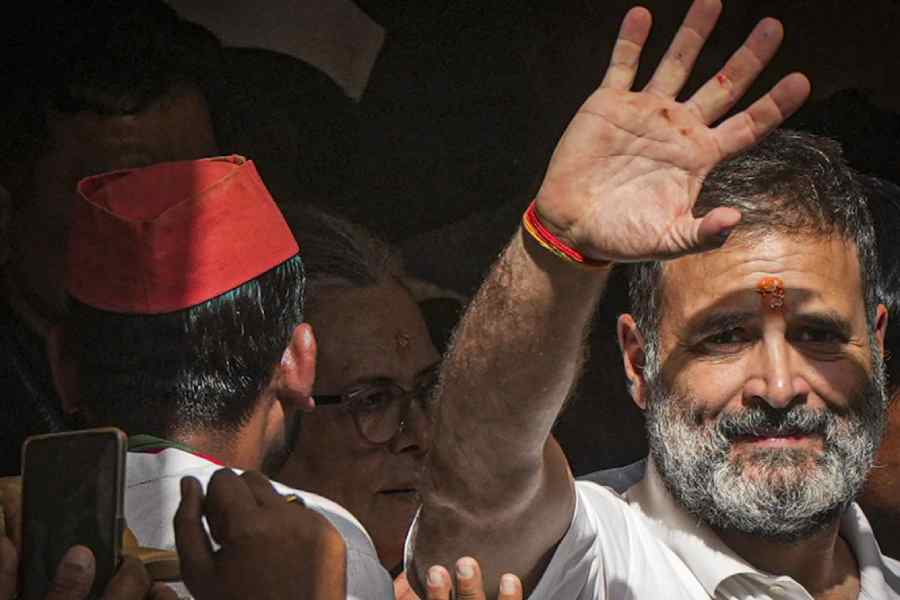The Centre has been sitting on the biennial revision of the recommendatory national floor level minimum wages (NFLMW) since 2017 at a time researchers have flagged a rise in the vulnerability of low-wage workers.
The Minimum Wages Act, 1948 empowers the states to notify the minimum wage for different categories of work. However, the labour ministry revises the NFLMW once in two years to set the rate below which the states should not fix their minimum wages.
The labour ministry last revised the NFLMW in July 2017 and set it at Rs 176 per day. A labour economist, who did not wish to be identified, said the non-revision of the NFLMW has a negative impact on the wage of the workers engaged in bidi production, plantation, agarbatti production and similar sectors that mostly employ women.
“The NFLMW is a recommended wage rate. Still, its revision served a purpose. It was giving a message to the states that the central government was keen on regular increases in the wage rate of the most vulnerable workers. The states were in fact revising the minimum wage. But non-revision of the NFLMW means the Centre is giving an unfavourable signal to the vulnerable workers,” he said.
The NFLMW is determined on the basis of a formula linked with the poverty line estimates prepared in 1970 by the erstwhile Planning Commission. The poverty line estimates were linked to the calorific consumption of a person with very low weightage to expenditure on health, education, transport, communication and other similar domains.
“When the government used to revise the NFLMW rate, it was only indexed to inflation. It should have also changed the base for fixing wage because of a lot of changes in the spending patterns over the years,” he said.
According to the Economic Survey 2022-23, the purchasing power of the amount received as wage by workers, known as real wage, has witnessed negative growth in India despite the increase in the nominal wage or the actual amount they get.
The year-on-year rate of growth of nominal wage rates in agriculture was 5.1 per cent for men and 7.5 per cent for women during April-November 2022. In non-agricultural activities, the growth of nominal wage rates was 4.7 per cent for men and 3.7 per cent for women, during the same period. However, the growth in real rural wages has been negative due to elevated inflation, the survey said.
An email sent to labour secretary Arti Ahuja asking why the Centre hasn't revised the NFLMW is awaiting response.










